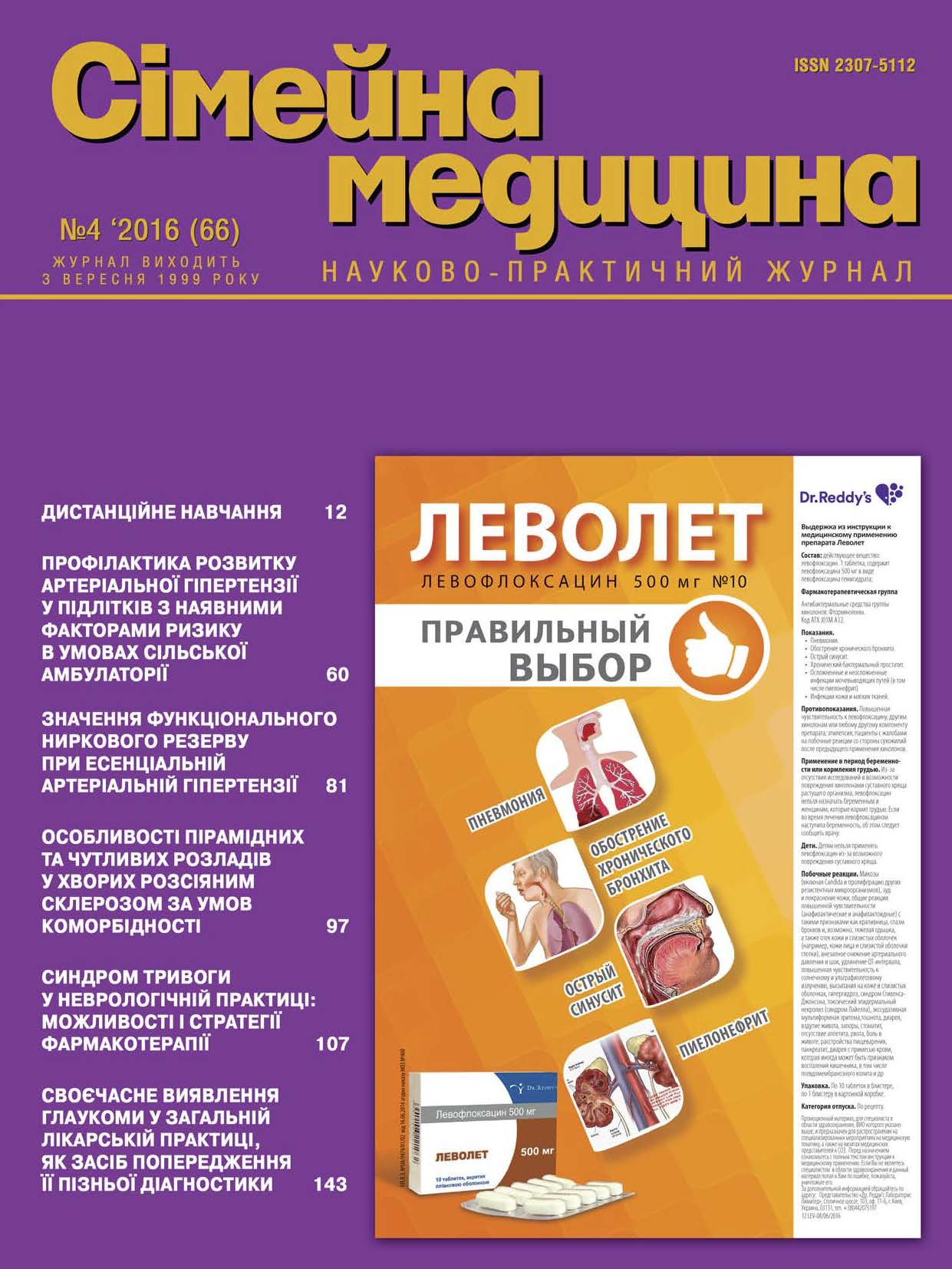Modern Treatment Strategy of Iron Deficient Anemia
##plugins.themes.bootstrap3.article.main##
Abstract
Modern views of epidemiology, etiology and pathogenesis of iron deficiency anemia (IDA) are considered. This review deals with up-to-date methods of the laboratory diagnostics of IDA. Some ideas of iron methabolism in an organism and pathogenetic mechanisms of clinical and laboratory symptomps are briefly presented. The diagnostic value of laboratory methods for diagnosing IDA is interpreted. A conclusion is drawn about the integrated approach to the diagnostics of IDA diagnostics. Causes of low treatment efficiency are discussed and the ways to address this problem are proposed based on the published results of clinical research. Present article devoted to the steps for implementation unified clinical protocol of the primary, secondary (specialized) medical care “Iron deficiency” to the practical activities.
##plugins.themes.bootstrap3.article.details##

This work is licensed under a Creative Commons Attribution 4.0 International License.
Authors retain the copyright and grant the journal the first publication of original scientific articles under the Creative Commons Attribution 4.0 International License, which allows others to distribute work with acknowledgment of authorship and first publication in this journal.
References
The prevalence of anemia in women: a tabulation of availablein-formation. Geneva. World Health Organization. (1992) WHO/MCH/MSM/92.2.
Benoist B. [ed.] et al. (2008) Worldwide prevalence of anemia 1993 – 2005. WHO global database of anemia. Geneva. World Health Organization.
Novak V.L., Masljak Z.V., Buzerak N.F., Primak S.V., Berg L.E., Adzigitova L. V. et al. (2014) Pokaznyky dijal’nosti gematologichnoji sluzby Ukrajiny v 2013 rozi. Lviv, 42 p. (in Ukrainian).
Breymann C., Honegger C., Holzgreve W., Surbek D. (2010) Diagnosis and treatment of iron deficiency anemia during pregnancy and postpartum. Arch. Gynecol. Obstet. vol. 282, no. 5, pp. 577-580.
Pasricha S.R., Flecknoe – Brown S.C., Allen K.J., Gibson P.R., McMahon L.P., Olynyk J.K. et al. (2010) Diagnosis and management of iron deficiency anemia: a clinical update. Med. J. Aust., vol. 193, no. 9, pp. 525-532.
Hoffman R. [ed.] et al. (1995) Hematology Basic Principles and Practice. 2nd. ed. Churchill Livigstone Inc.: New York, Edinburg, London, Melbourne, Tokyo, 2369 p.
Konovodova E.N. (2012) Zelezodefizitnye sostojanija: kogda i komu naznatshat’ TOTEMU? Poliklinika. no. 5, pp. 1-5 (in Russian).
Levina A.A., Kazyukova T.V., Tsvetaeva N.V., Sergeeva A.I., Mamukova Yu.I., Romanova E.A. et al. (2008) Gepsidin kak regulator gomeostasa zeleza [Hepsidin as an iron homeostasis regulator]. Pediatrija. vol. 87, no.1, pp. 67-74. (in Russian).
Lanovenko I.I., Timchenko A.S., Zugorka T.N. (2012) Glutation i oksidativnyj stress [Glutathione and oxidative stress]. Gematologija i perelivanije krovi, no. 34, pp. 138-148 (in Ukrainian).
Guseva S.A., Oleynik V.S. (2012) Sovremennye vzgljady na metabolism zeleza [Modern advances in iron metabolism] Ukrajinskij zurnal gematologii i transfusiologii. no. 6(17), pp. 27-33 (in Russian).
Vydyborets S.V. (2015) Korrekcija deficita geleza: sovremennye aspekti [Correction of iron deficiency: current aspects]. Gematologija transfusiologija: Vostochnaja Evropa. no. 1(1), pp. 117-122 (in Russian).
Vydyborets S.V., Gaidukova S.M. (2012) Gelezodefizitna anemija: navchalnyj posibnyk. Vinnizja – Boryspil’: Merk’juri – Podillja. – 256 p. (in Ukrainian).





